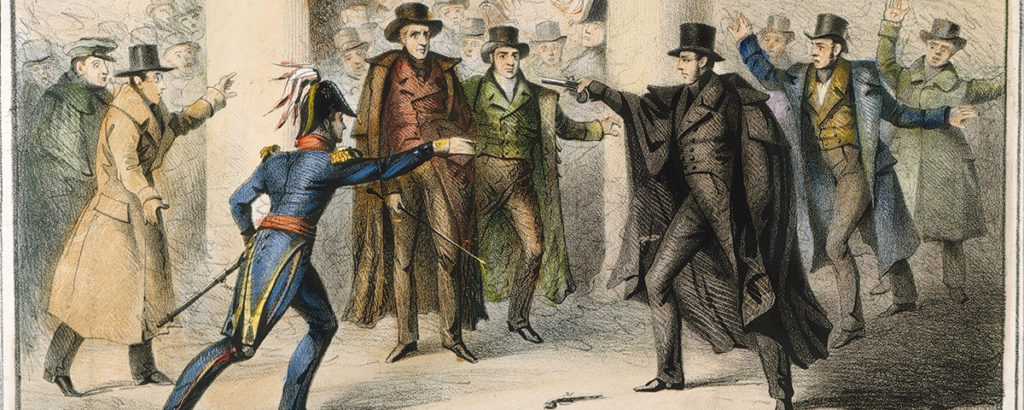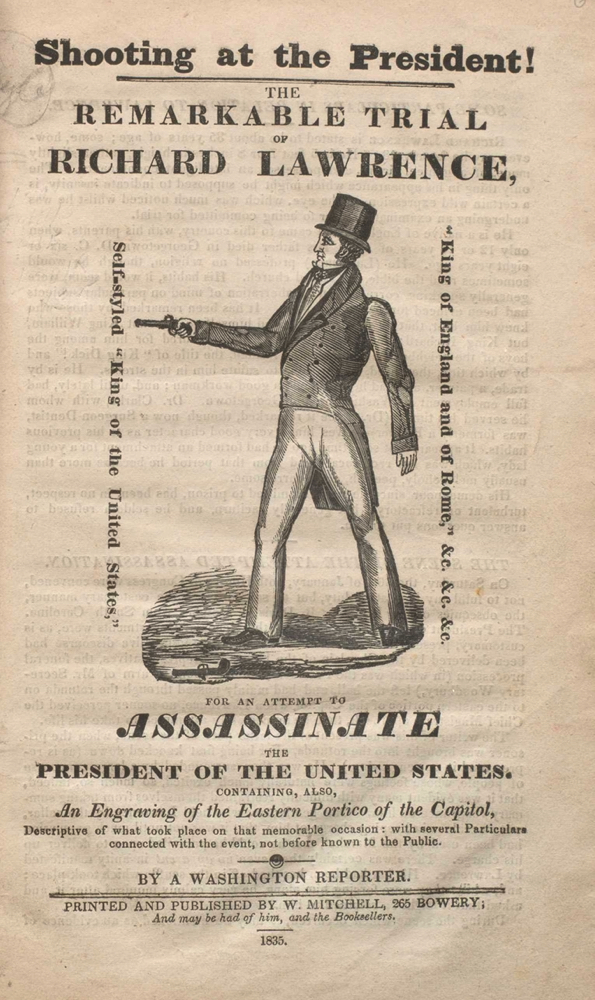It seems like most of the national TV news stories about empty office buildings and nearby stores focus on San Francisco, and it’s understandable why. A lot of the big office buildings in downtown San Francisco at the time Covid began were occupied by internet-based companies. Because of the nature of these businesses, they were the first to have their employees work from home. Because apartment rents and house prices in San Francisco are so high, many of those employees chose to leave the city once they no longer needed to live near the office. And once the high-paid tech workers left San Francisco, the stores and restaurants that they supported went out of business as well.
However, a lot of people don’t seem to realize that this isn’t just or primarily a San Francisco problem. This is going on in big cities all over the country. In Houston, Atlanta, Phoenix, Chicago, and Los Angeles; there are lots of high-rise office buildings that are over 30% vacant; and just like San Francisco, the shops and restaurants near those buildings have also gone out of business.
WHAT HAPPENS TO THE LENDERS?
What happens when the owner of a largely empty office building doesn’t have enough rental income to make the payment on the mortgage? Quite often, the owner will just walk away from the property. Then, the bank that holds the mortgage will take possession of the property and look for a buyer. In these situations, the lender will usually have to sell the building for less than the loan balance and eat the loss. No one knows how much commercial real estate debt will never be repaid. That’s because we don’t know how many of these largely empty office buildings will eventually be foreclosed upon. In March, JP Morgan Chase’s bank analyst estimated that 21% of all U.S. office loans are destined to go bad, with lenders losing 40% of the loan’s principal on average. These are staggering numbers, numbers that we haven’t seen since the Great Depression.
WHY NOT JUST CONVERT EMPTY OFFICE BUILDINGS INTO APARTMENTS?
We are hearing this suggestion from politicians all over the country. It seems like a no-brainer. Many of the cities with a glut of empty office buildings also have a housing shortage. So, it seems like the obvious solution to both of these problems is to simply convert empty high-rise office buildings into apartments. A few conversions like that are going on, but very few. That’s because this is much harder to do than most people realize. First of all, apartments have to have windows so that sunlight can come into every unit. That can be a big problem, depending on the shape of the building, how it was built, and what’s around it. Putting kitchens and bathrooms into buildings that weren’t designed to have them is hard to do and very expensive. Also, a lot of empty office buildings are not completely empty. I was recently in a high-rise office building in Oakland. The building is 75% vacant, but 25% of the offices are occupied. They are scattered throughout the building, and some of the tenants have low rent, long term leases and don’t want to leave. Location is another problem. Empty office buildings are often located in places where people don’t want to live, like industrial parks or downtown in cities where the downtown turns into a ghost town at night. Only 42 office building to housing conversion projects were completed in the entire United States last year. These projects get a lot of publicity, but there’s not a lot of them going on.
THE ATTEMPTED ASSASSINATION OF PRESIDENT ANDREW JACKSON.
Here’s another one of Mark’s improbable-but-true history stories. It’s also one of my favorites! As every American schoolchild knows (or should know), the first presidential assassination occurred when John Wilkes Booth shot Abraham Lincoln. However, the first attempted presidential assassination happened in 1835, when Richard Lawrence tried to kill Andrew Jackson.
On January 30, 1835; President Jackson went to the Capitol to attend the funeral of a congressman who died in office. Richard Lawrence came to the Capitol that day as well. He came to kill Jackson. Lawrence hid behind a pillar, and as President Jackson was leaving the building, Lawrence came out from his hiding place, pointed a pistol at Jackson, and pulled the trigger. The gun misfired. Pistols in those days could only fire one shot, but Lawrence had a second pistol. He pulled out the second pistol but was attacked by Davy Crockett, the famous frontiersman. Crockett was a congressman from Tennessee at the time. Crockett and a naval officer held Lawrence down until policemen arrived and took him to jail. However, that is not the end of the story. That is just where things get interesting!
The Trial. Richard Lawrence was charged with the attempted murder of the president of the United States. It seemed like the government would get a quick conviction. There were lots of witnesses to the attempted assassination, including senators and congressmen. The government had an excellent legal team. The prosecuting attorney was Francis Scott Key, the author of ‘The Star-Spangled Banner’. Key was a famous lawyer, and he wanted a conviction. The courtroom was packed with spectators from Washington’s elite. No one had ever tried to kill a U.S. president before, and many famous people testified at the trial. Lawrence pleaded ‘not guilty’. Richard Lawrence took the witness stand and told the court that he was justified in killing President Jackson because Jackson was a thief and a usurper. Lawrence claimed that the money being collected by the Treasury Department should have been going to him. That was because Richard Lawrence believed that he was King Richard III of England – and said so – and that he was entitled to the tax revenues being collected by the U.S. government.
King Richard III. It might help to know a little something about King Richard III. Richard III of England died in 1485, almost 400 years before Richard Lawrence’s trial began. Richard III was killed in battle, and his body had never been found. Richard Lawrence felt that this was evidence that he was King Richard III. Interestingly, in 2012, the body of Richard III was found. It was found buried in the garden of the English poet Robert Herrick.
Richard Lawrence came to his trial dressed like an English aristocrat. He wore a shooting jacket, a cravat, and polished boots. While that kind of dress was very English, no real English aristocrat would come to his trial wearing hunting clothes. Lawrence repeatedly interrupted the trial. He demanded that the judge and Francis Scott Key address him as ‘Your Majesty’, but they refused. Lawrence told the judge that he resented the fact that the jurors were “commoners”. He told the jurors that they were his “subjects.” He said to the jury: “It is for me, gentlemen, to pass judgement on you, and not you upon me.” Francis Scott Key suspected that Lawrence was just putting on an act, pretending to be crazy to get acquitted on grounds of insanity. However, when Key and his legal team began questioning people who had known Lawrence for a long time, they concluded that he really was just as crazy as he appeared to be.
Richard Lawrence. Richard Lawrence was born in England around 1800 and came to the United States when he was around 12. As a child and young man, he appeared to be quite normal, but when he was in his late 20s, he began to imagine that he was King Richard III and told people so. Some people humored him. Others ridiculed him. As boys walked past his window on their way to school, they would take off their hats and say things like: “Good morning, your majesty.” Lawrence was pleased by this, not realizing that the boys were making fun of him. The jury only took 20 minutes to decide that Lawrence was innocent by reason of insanity. He spent the rest of his life in mental hospitals in the Washington DC area.


Andrew Jackson. Andrew Jackson was not convinced that Lawrence was crazy, but that he was a paid assassin. Jackson said that he suspected that Senators John C. Calhoun of South Carolina and George Poindexter of Mississippi were behind this. They were both old enemies of Jackson, and Jackson had reason to be suspicious of both of them. A few days before Lawrence tried to kill Andrew Jackson, Senator Calhoun delivered a speech in the Senate in which he said that Jackson was “a Caesar who ought to have a Brutus.” However, Jackson believed that the chief conspirator in the attempted assassination was Senator Poindexter. Poindexter had made specific threats against Jackson and his vice president Martin Van Buren. Poindexter denied knowing Richard Lawrence; however, a newspaper revealed that a few months before the attempted assassination, Senator Poindexter had paid Lawrence to paint his house. Poindexter claimed that he didn’t remember Lawrence, but nobody in Mississippi believed him, and he was defeated in the next election. (I think this story would make a good movie!)
I would appreciate your comments. If you want to comment on any article in this newsletter, you can do so at: Mark Tarses Newsletter
